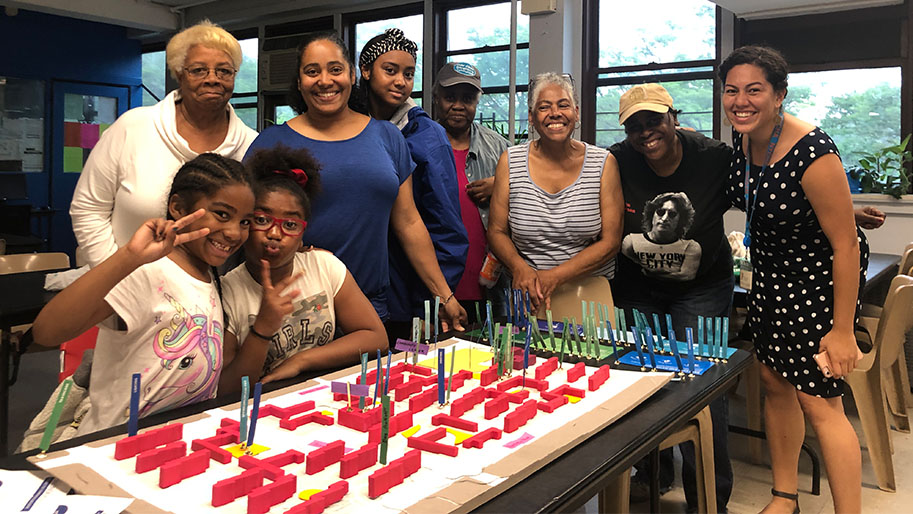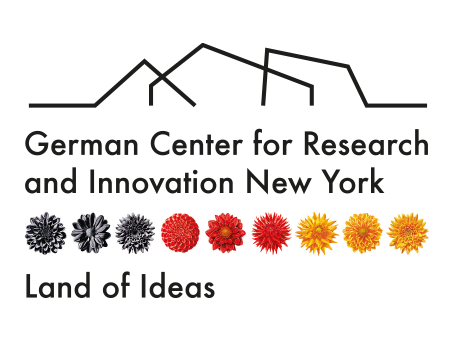People-Focused City Building
 © Hester Street
© Hester Street
When speaking of urban planning, many think of policymakers, architects and engineers. Hester Street, a nonprofit based is New York City, thinks of people. Their goal is to recenter urban planning, design and development on communities and residents, the people and places for which cities are built.
Based on research and experience, Hester Street’s team of experts offer technical assistance to community-based organizations, government and other agencies. The nonprofit acts as an intermediary between communities and authorities whose services impact them. The goal is to bring about equitable, sustainable and resilient neighborhoods and cities.
live
Fitting then that a major topic of theirs is housing. In one project with the New York Housing Authority (NYCHA), Hester Street worked to improve connections within NYCHA campuses and their surrounding neighborhoods. In another project launched by New York State Attorney General, Hester Street helped municipalities deal with the aftermath of the housing crisis.
Through stakeholder interviews, Hester Street worked to better understand historical zoning and code enforcement scenarios and how those affected foreclosure, abandonment and low-income communities of color. Drawing on these engagements, Hester Street developed a framework for identifying equity choice points in cities’ code enforcement processes and systems for advancing equitable community engagement in housing and code enforcement work. Their work supported 32 agencies across 10 upstate New York cities to build their capacity to engage low-income communities of color and incorporate feedback into code enforcement.
Mini Interview with Hester Street Co-Executive Director Nisha Baliga
What do you think is the source of the disconnect between urban planning and communities affected by planners?
Baliga: One of the biggest disconnects we see in the profession is a lack of focus on shifting power to communities. To create truly equitable and socially just cities, planners must acknowledge that effective community engagement isn’t just a box to check or a photo op – it is a shifting and sharing of power. As we engage communities in service of equitable cities, planners must understand that it is our duty to work in partnership, to be transparent, to honor local knowledge and be accountable. We must work to advocate for and deliver tangible results that explicitly include and prioritize Black, Brown and immigrant communities long excluded from power, decision-making and physical and social infrastructure investment.
What is Hester Street most proud of in their work?
Baliga: We are most proud when at the end of a project or process, we see movement towards deeper community self-determination. Whether it is community priorities deeply informing millions of dollars of grant funding across the state for Cities RISE, or Black and Brown communities sharing how their lives were most impacted by the COVID pandemic and using data to advocate for policy change, we are most energized when our technical assistance puts those most impacted and typically excluded from decision-making into the driver’s seat.
work
Other Hester Street projects have focused on resident-empowered entrepreneurship and capacity building for small business owners. In Northwest Flushing, the fasting growing neighborhood in the New York City borough Queens, a Hester Street study analyzed small business incubation and found opportunities for equitable economic development in an area largely zoned for manufacturing. A similar study intended to reduce retail leakage was conducted in Edgemere, Queens.
be
Hester Street’s full scope of work extends beyond housing and business and includes food justice, youth development, criminal justice and gender equity, among more.
Unlike academic or policy-based approaches to planning which often exist in hypothetical, thought-based spheres, Hester Street homes in on concrete community benefits, building community power and ensuring community-based decision making. Their work results in improvements in climate change resilience, equity, civic participation and inclusion & belonging.
“To create truly equitable and socially just cities, planners must acknowledge that effective community engagement isn’t just a box to check or a photo op – it is a shifting and sharing of power,” said Co-Executive Director Nisha Baliga.
Join Hester Street’s Nisha Baliga for our “Fireside Chat: Accelerating Green City Planning” at the FUTURE FORUM: Building Biopolis on Thursday, October 15. Register at: www.dwih-futureforum.org
In a pre-event survey created for the FUTURE FORUM: Building Biopolis, we asked attendees “What do you envision as essential to Biopolis, the sustainable green city of the future?” 22% of responses included an emphasis on equality and social justice.
